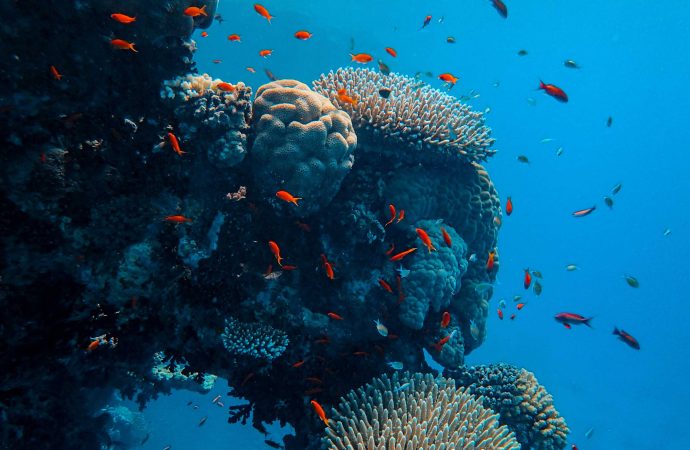Coral reefs are some of the most diverse and vibrant ecosystems on the planet, supporting a wide variety of marine life. But how exactly do these amazing structures form, and what is the life cycle of the coral that creates them? In this article, we’ll explore the fascinating world of coral and take a closer
Coral reefs are some of the most diverse and vibrant ecosystems on the planet, supporting a wide variety of marine life. But how exactly do these amazing structures form, and what is the life cycle of the coral that creates them? In this article, we’ll explore the fascinating world of coral and take a closer look at their life cycle.
Coral is actually a colony of tiny animals called polyps. These polyps are just a few millimeters in size and are related to jellyfish and sea anemones. They live in a cup-like structure made of calcium carbonate, which they secrete themselves. The polyps have tentacles that they use to capture food from the surrounding water.
The life cycle of coral begins when a polyp releases eggs and sperm into the water. This process, known as spawning, usually occurs once a year and is often synchronized with the phases of the moon. When the eggs and sperm meet, they form a small, free-swimming organism called a planula.
The planula eventually settles on a hard surface, such as a rock or a piece of coral, and begins to form a new polyp. This process can take several weeks to several years, depending on the species of coral. As the polyp grows, it secretes calcium carbonate to form a cup-like structure around itself, which will eventually become part of the larger coral colony.
Over time, the coral colony grows as more and more polyps settle on the hard surface and begin to form their own cups. The cups eventually fuse together, creating a complex network of interconnected polyps. As the colony grows, it forms a variety of shapes and structures, from small patches to large reefs that can stretch for miles.
The health of coral reefs depends on a delicate balance of factors, including water temperature, salinity, and nutrient levels. When these factors are out of balance, coral can become stressed and vulnerable to disease and bleaching, which is the loss of the colorful algae that live inside the polyps and give them their vibrant colors.
Climate change is one of the biggest threats to coral reefs, as rising ocean temperatures and ocean acidification can cause bleaching and even death of coral colonies. Other threats include pollution, overfishing, and coastal development.
Conservation efforts are underway around the globe to protect coral reefs and promote their survival. These efforts include reducing greenhouse gas emissions to slow the effects of climate change, reducing pollution and managing coastal development, and promoting sustainable fishing practices. Research is also a critical component of coral conservation efforts, as it helps us better understand the life cycle of coral and the factors that impact their health and survival.
In conclusion, coral reefs are a vital part of our marine ecosystem, supporting a wide variety of marine life and providing important economic benefits through tourism and fishing. Understanding the life cycle of coral is crucial to protecting these amazing structures for future generations. By working together to raise awareness and take action, we can ensure that coral reefs remain healthy, vibrant, and full of life for years to come.

















Leave a Comment
Your email address will not be published. Required fields are marked with *